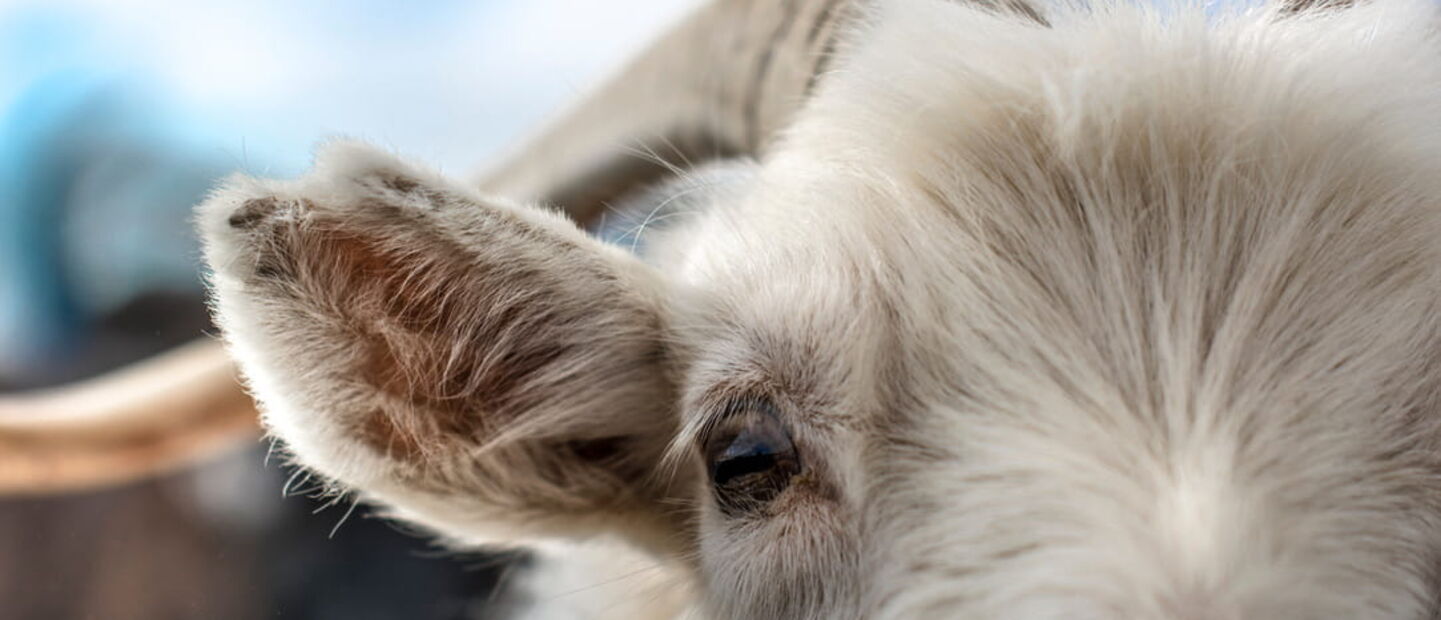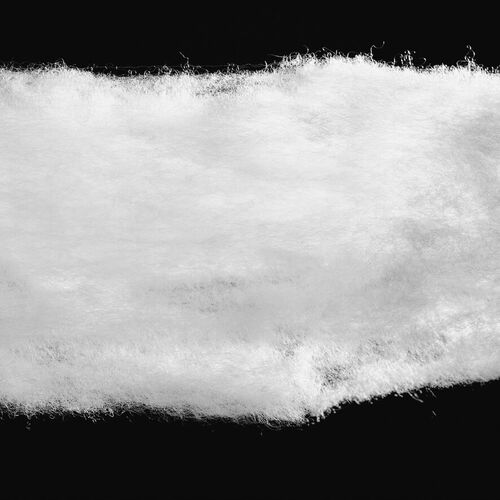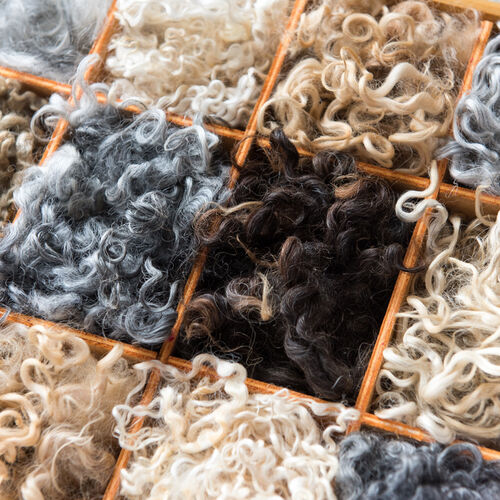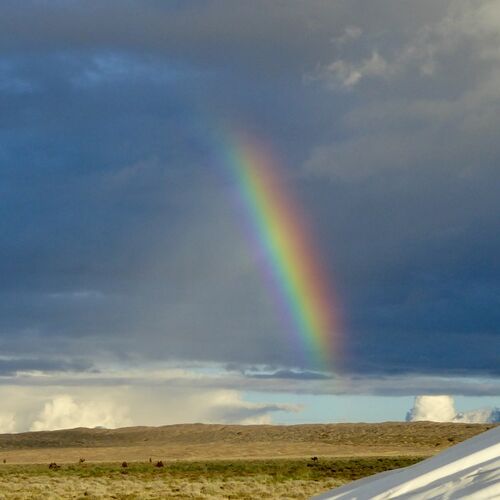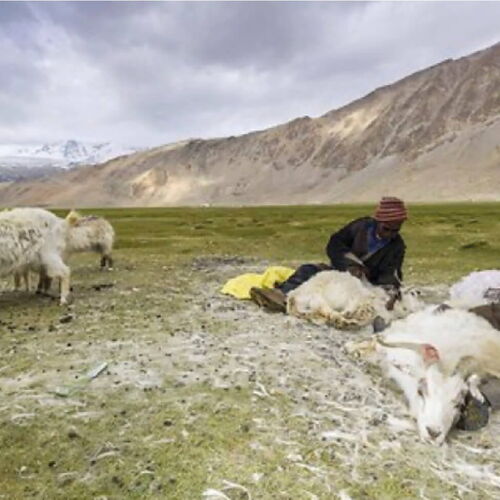As an international brand, we set great store by the ethnic diversity of our workforce. Our colleagues in Mongolia and Inner Mongolia, for example, are responsible for supplying our raw material.
They are all locally born and bred and this, in itself, goes a long way to ensuring the premium quality of the fibres we use in our products.
The dry and very cold climate and the immense fluctuations in temperature where the goats live and graze play a key part in the exceptional quality of the cashmere fibres they produce. Great swathes of grassland and the rich experience of the local goatherds combine to create the perfect conditions for the finest cashmere on earth.
A goat will typically produce between 150 and 250 grams of cashmere per year, enough for roughly one third of a sweater. In their first year of life, their coats are simply allowed to grow, as otherwise they would really feel the cold. The goats produce their finest and softest cashmere between the ages of two and four
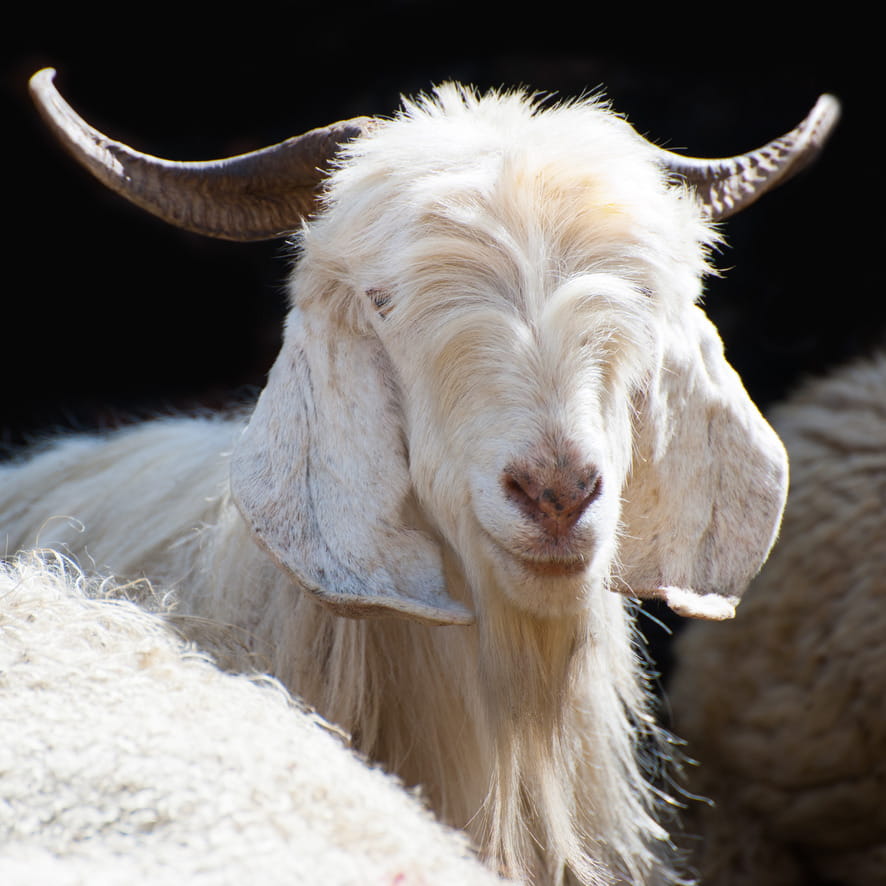
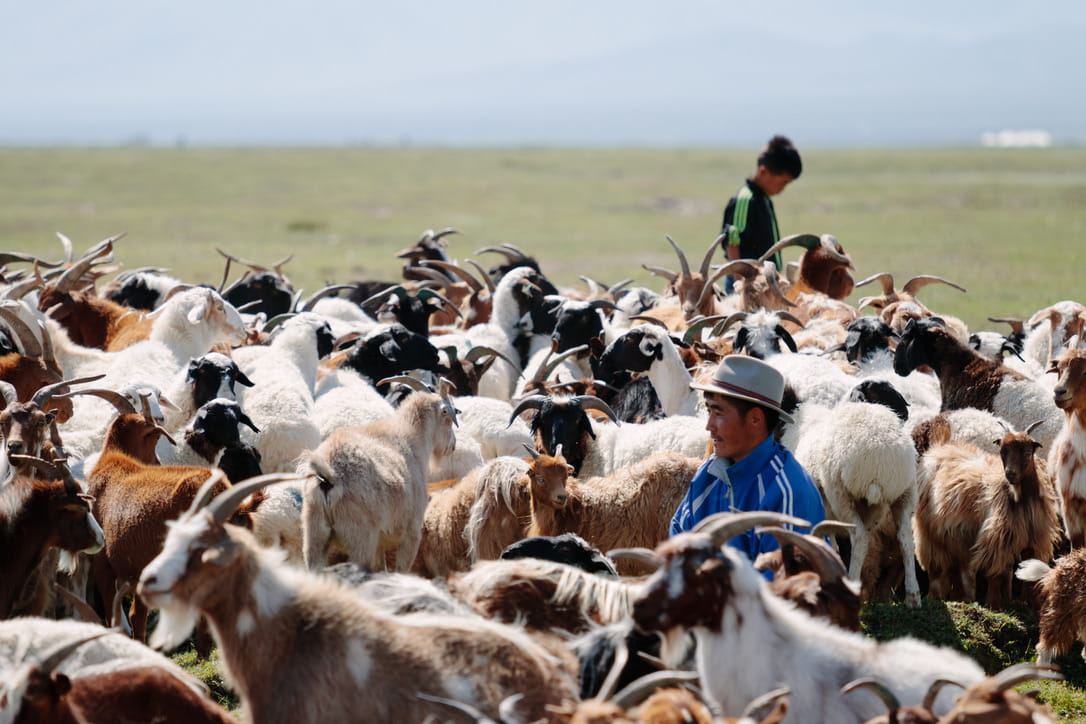
Cashmere goats can live to the age of 20 – far longer than ordinary domestic goats. From the age of five onwards, they are mainly kept for breeding purposes or for the lower-quality fibres that they still produce.
Every year, usually towards the end of April (the exact timing depends on the lunar calendar) the goats begin to moult, exchanging their winter coat for their summer one. The herders then know it’s time to harvest the fibres using their big metal combs, before the goats can shed them as they roam. As the combs run through the “greasy cashmere”, as the raw fibres are known, they also remove dirt, vegetable impurities and coarse guard hairs. It’s to prevent these outer guard hairs from mingling with the precious underdown that cashmere goats are combed and not shorn.

